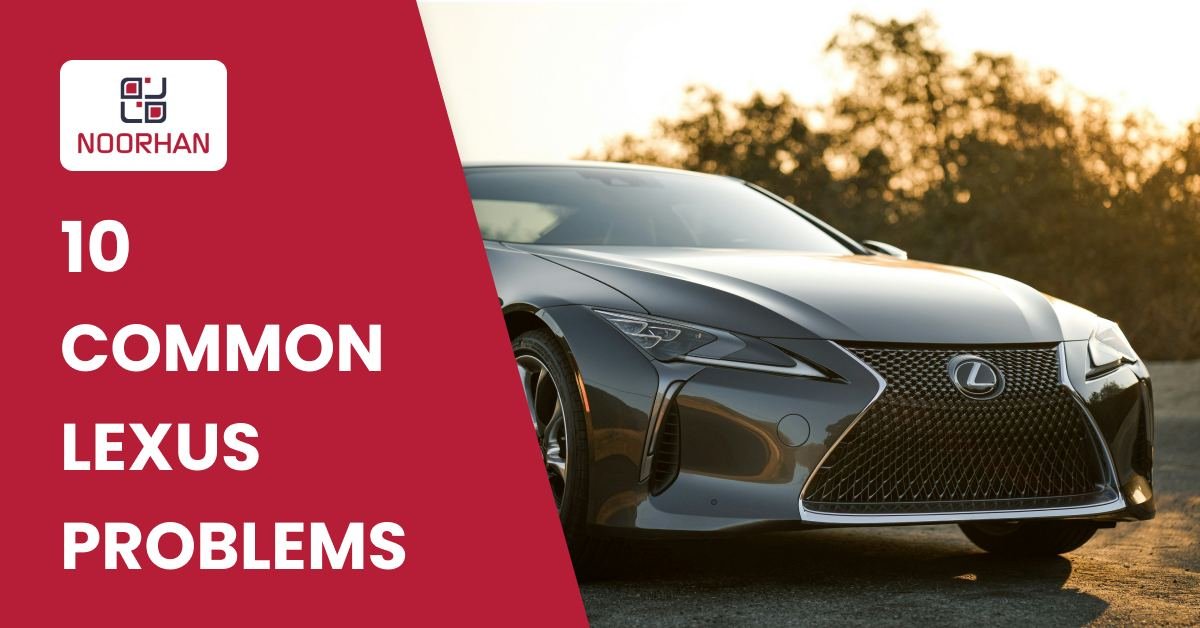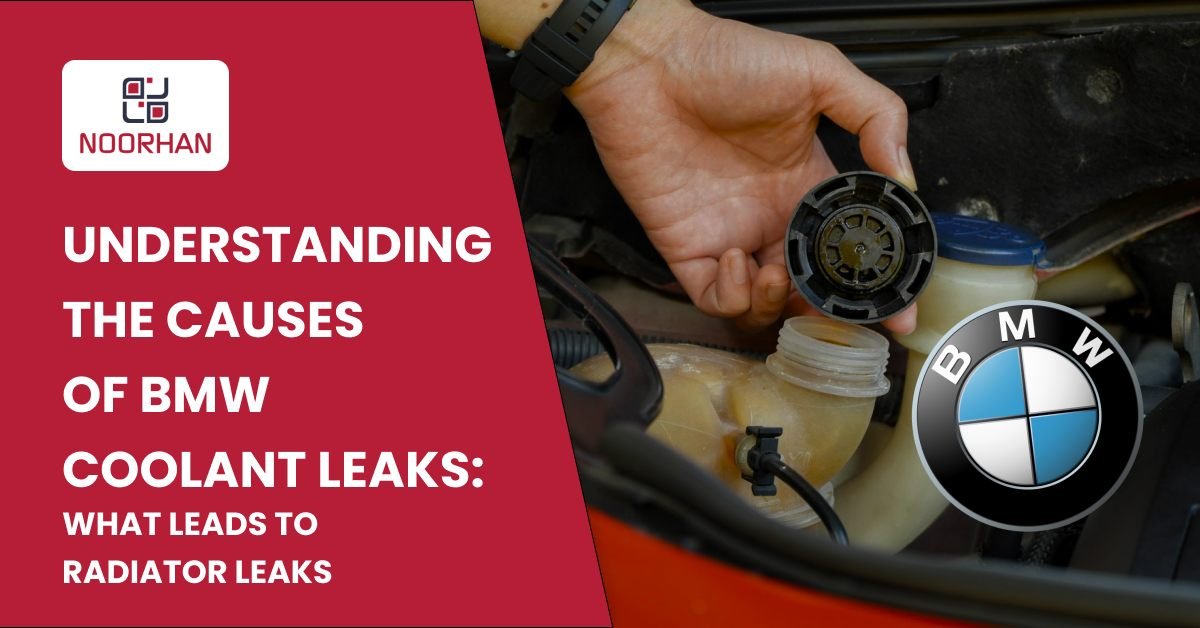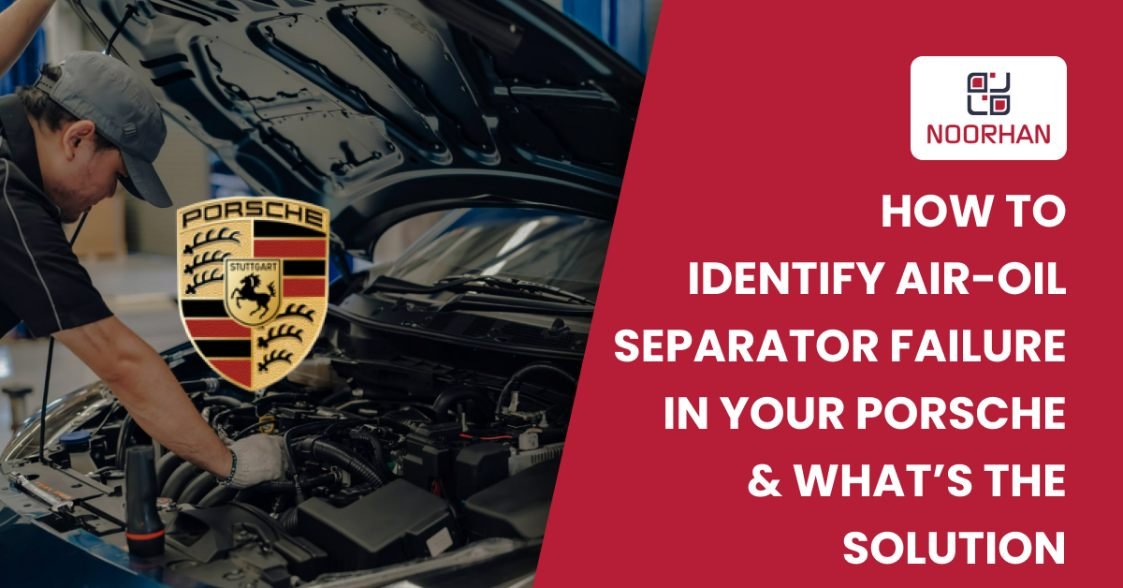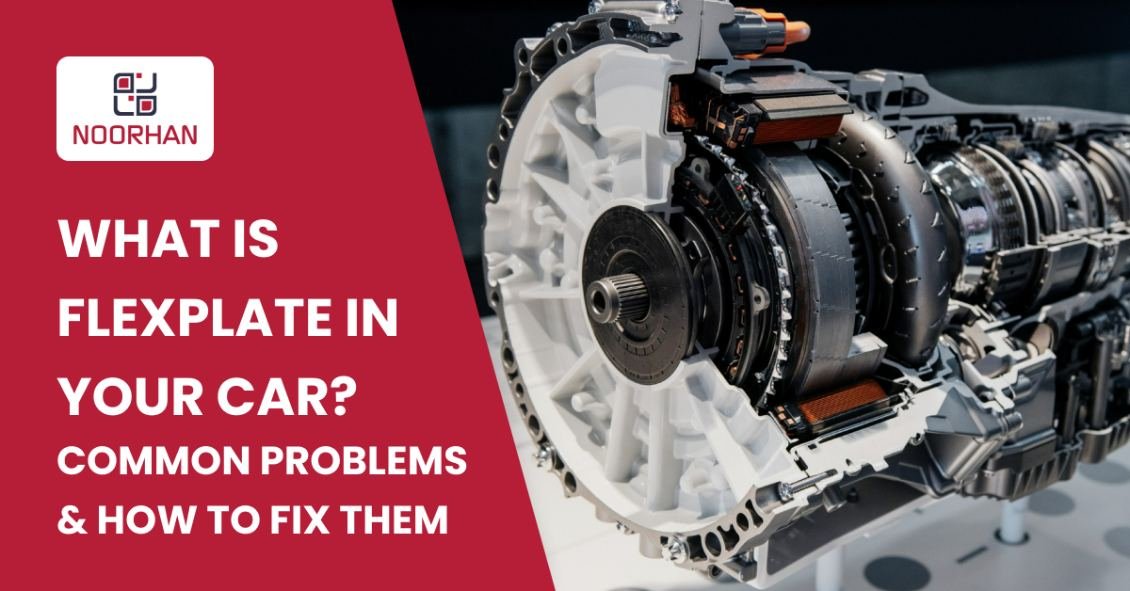Content
Most Common Car Problems and what to do about them
Over time there might be different problems with your car. As the car gets old, some of the parts might wear off, some might be affected by corrosion, some parts might get overused, you never know what could go wrong or which part could be a piece causing you to worry.
There are certain problems that are very common with cars. Some of these car problems are nothing major, it doesn’t matter if you cater to them when you go for regular servicing. While other problems might be signs of serious trouble.
In this blog post, we will discuss the most common issues and car problems.
Here is the list of the most common car problems we will discuss:
- Squeaky Noise while braking
- Flat Battery
- Engine Sputtering or Misfiring
- Engine Overheating
- Exhaust Problems – Catalytic Converter
- Poor Mileage or fuel economy
- Low Engine Oil
- Ignition problems – Ignition coils or spark plug failure
- Alternator Failure
- Problems in the starter motor
Let us discuss the most common car problems.
1. Squeaky Noise while braking

This car problem is very common in vehicles. When you apply the brake, there is a high pitch squeaky noise.
This noise is a result of malfunctioning in the car brakes, mostly because the car brake pads wear off.
The car brake pads work as a bridge between the rotor and the brakes, when the car brake pads wear off the contact of the brake and rotor is either reduced or direct. Both are not a good sign for a brake system.
If your car brake system is not functioning properly here is what you should do:
- Check the contact between brake pads and rotors
- Check the brake fluid
- Check the brake lines
- Practice relaxed braking
- Check the brake parts
Recommended Read : Car Brake Maintenance
2. Flat Battery
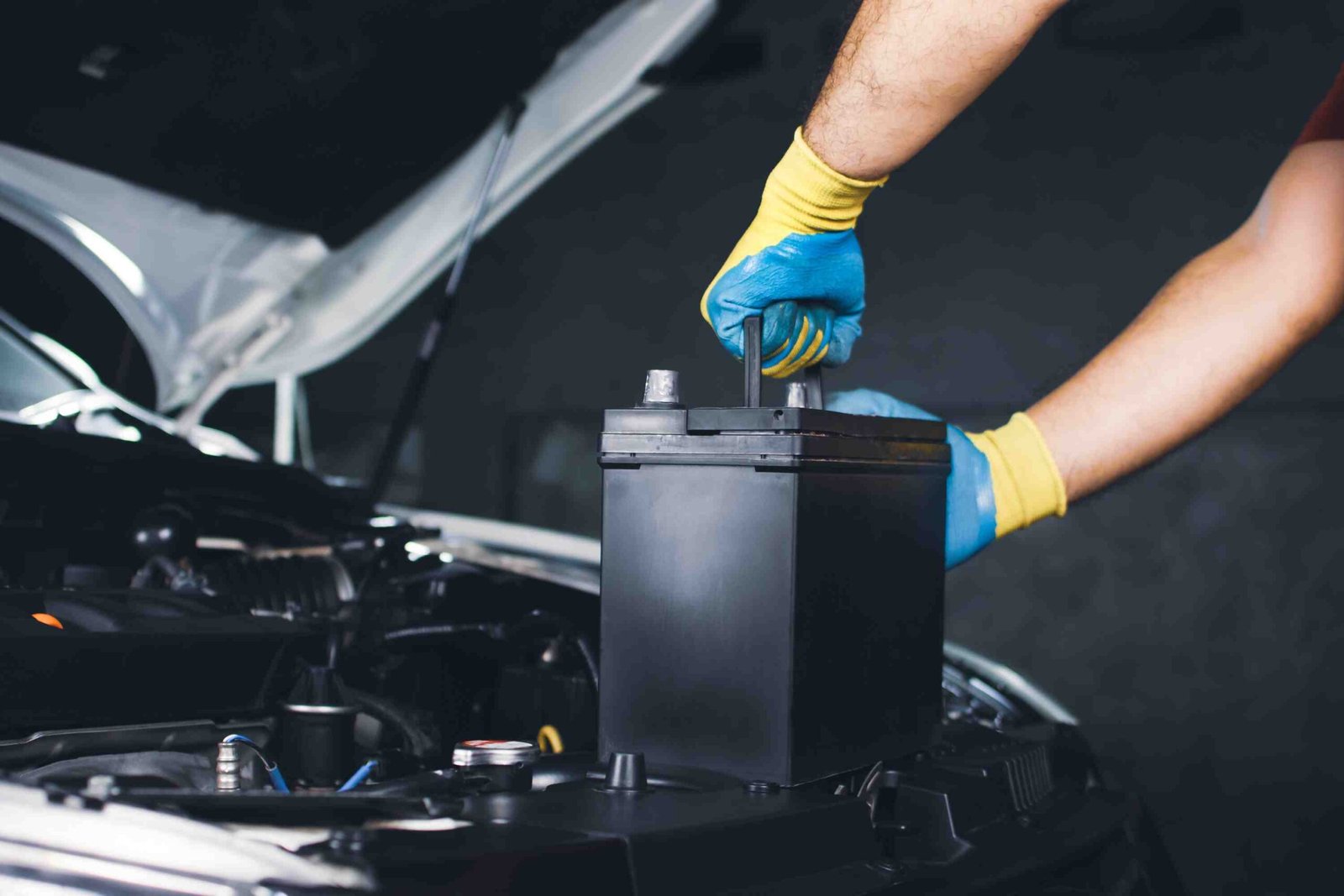
A flat battery means there is no charge in the battery. This problem might just stop your car from starting. There is no spark in the spark plug and as a result, the car might not start.
This problem normally occurs when you have accidentally left your car lights or other electronic appliance on for a long time. It also happens when you’ve not used your car for a few months.
It is recommended that you carry jumper cables with your car for emergencies like this.
How to use jumper cables to jump-start your car with a flat battery?
Step 1: Park the cars close together
Step 2: Check and make sure no parts of either car are touching the other.
Step 3: Notice the (+) positive and (-)negative signs on both the car batteries.
Step 4: Now, Attach the red jumper cable clamp to the positive terminal on the dead battery.
Step 5: Attach the other end of the same cable with the positive terminal of the active battery.
Step 6: Attach the black jumper cable to the negative terminal of the active battery.
Step 7: Attach the other end of the same black cable to an unpainted, metal part of the car.
WARNING: DO NOT ATTACH THE BLACK CABLE TO THE NEGATIVE TERMINAL OF THE DEAD BATTERY.
Following these steps will change your flat battery. Now, after a while, slowly remove the cables, following the reverse of mentioned instructions.
Recommended read: How to clean the spark plug of your car
Recommended read: 10 Useful Tips to Extend The Life Of Your Car Battery
3. Car Problems - Engine Sputtering or Misfiring

One of the most common issues with the engine is sputtering.
The engine functions on a mix of fuel, air, ignition, oil, and other essential elements. When there is anything wrong with the proportion of fuel and air it causes a problem. Moreover, if the spark plug is not working properly that could cause this problem too.
What should you do when an engine misfires?
If your engine is misfiring the chances are that your spark plug has gone faulty or it is dirty.
Here’s how to clean a spark plug :
Method 1: Clean spark plug using a Wire Brush
- Take out the spark plug and clean the dirt using a cloth
- Spray some brake cleaner fluid on the spark plug
- Use the wire brush to clean the spark plug and clean the debris using a hairdryer or blower.
Method 2: Clean spark plug using a sandpaper
- Fold the sandpaper in half
- Slide the sandpaper in between the arm of the spark plug and the electrode. Keep sliding it front and back.
- Slide the paper between the white insulator and the electrode and clean it.
- Use a blower or a hairdryer to blow off the sanded areas.
If you find that the engine is misfiring even after you clean the spark plug, it is time to take your car to the service station and get the car checked.
4. Engine Overheating - Common Car Problems

Engine overheating is probably the most spoken problem. It is known to everyone. Chances are you’ve been on a long ride where you had to stop and check if the engine is overheating.
If you haven’t been careful about the maintenance of your car, for instance, regular engine oil check and refill, it might cause overheating.
Other reasons include a faulty radiator or water pump or lack of coolant.
It is worth mentioning that if you ignore Engine overheating, your car might get into more trouble and the repair expenses might increase.
What Should You Do When Your Car Engine Overheats?
- Turn off the heater in your car. This will start pushing the Hot Air inside the car and reduce the overall temperature of the engine.
- You should immediately look for an appropriate stop alongside the road and turn the engine off.
- After you turn the engine off, it is recommended to wait for a while like 20 minutes to let the engine cool down a little.
- After you think the temperature is lowered a little, now open the bonnet or the hood of the car and locate the radiator cap and carefully open it.
If this cap resists opening up, use a cloth to tightly grab it and open it.
After opening it up, add antifreeze liquid, as a coolant for your car.
If you don’t have an antifreeze liquid, you can proceed with water as well.
Pour down the coolant until the full mark on the radiator.
If your problem with overheating was serious, adding a coolant will not be the final solution, it will just help you get through to the nearest car repairing station.
5. Exhaust and emissions problems
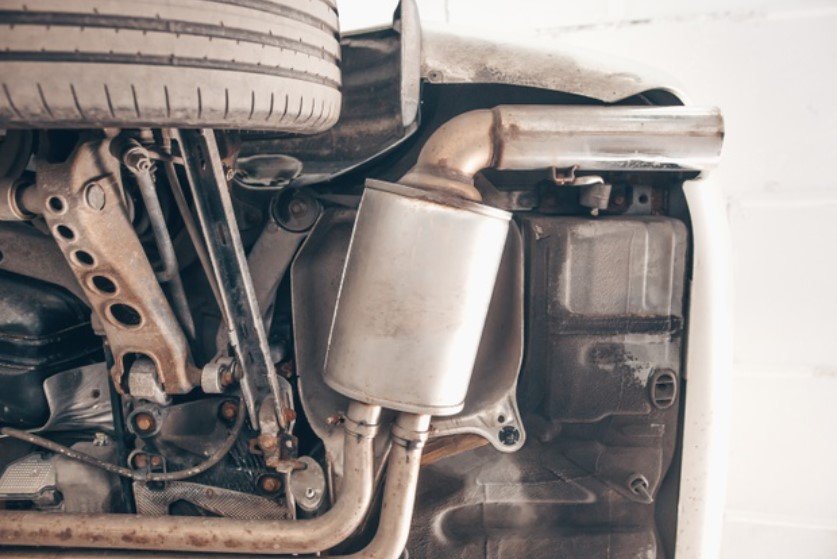
Are you seeing dark emissions from your car?
This problem might be associated with any of the following parts:
There can be other reasons too. Ignoring emission issues is hazardous to the environment too. And, the problems, if ignored, might cause serious trouble and end up being super expensive.
Moreover, the department of vehicles might not renew your vehicle’s license/registration.
If you’re having problems with the exhaust system of the car, please take your car to the service station.
Here is the list of things you should get checked
- Air Filter
- Oil Filter
- Check Engine Oil
- Check Catalytic Converter
- Check the carburetor and fuel injectors
- Check the spark plugs, or clean them yourself with the tips shared above.
6. Poor Mileage or fuel economy
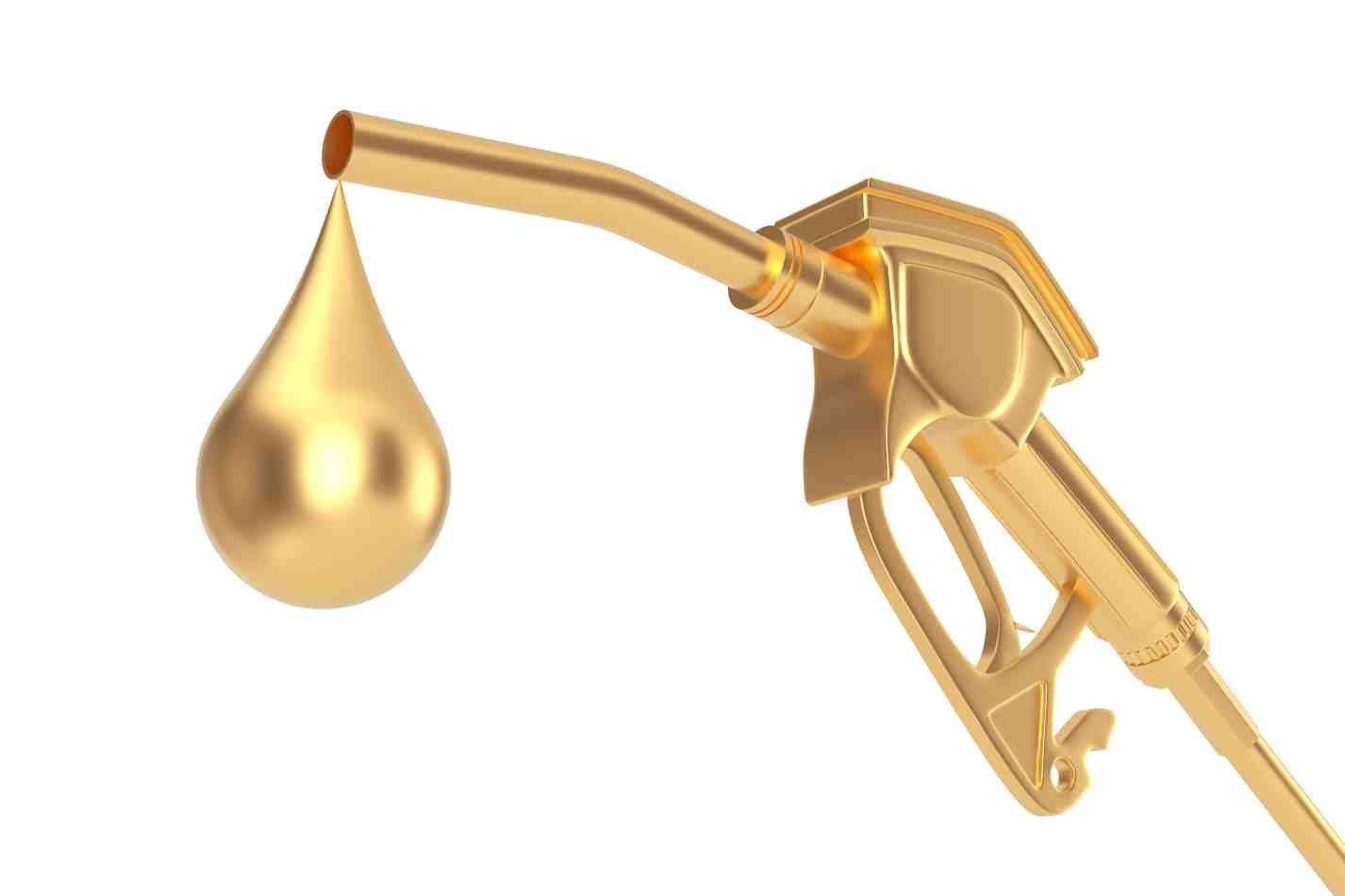
This is a very common problem with cars. As the car gets older, the fuel efficiency starts to decline.
However, if you ensure regular servicing and maintenance of your car you will be easily able to avoid this.
Detailed blog: 20 ways to improve your car mileage.
7. Low engine Oil - Car Problems

If the engine oil of your car is low, this will decrease the lubrication in the engine. When lubrication decreases, the functioning of the engine is not smooth, which results in more problems, engine overheating is just one of them.
Despite the problems, this is a common problem with cars – Low engine oil. It is recommended to change your engine oil every 10,000 KM to 15,000 KM.
8. Ignition problems

If your car is having problems while starting, there is a chance that the problem is either associated with the ignition system, spark plug, starter motor, or battery.
There can be wearing off in the key or lockset of the car, causing problems in starting.
There can be problems in the ignition cylinder which cause problems too.
Here’s a list of things you should check if there is a problem in starting your car:
- Ignition coils and Ignition cylinder
- Starter Motor
- Ignition Switch
- Lockset of the car
- Spark Plug
9. Alternator Failure

The alternator is responsible for providing electricity to all the electronic appliances of the car. It also recharges the battery of the car.
With time there can be problems with the alternator.
Some signs of Alternator failure in the car include:
- Dim lights
- Dead / Flat Car battery
- The problem in functioning of car electronics/accessories
- The problem in starting of the car
- Whining noise from the belt of the car
- Burning smell
Here’s what you should do in case of alternator failure
If your alternator is not working, first it is recommended to check the battery and if you find the car battery is flat, jump start the car. And, even after riding for a while, your battery is not charging itself, Take your car to the repair station and repair or replace the alternator of your car.
10. Problems in starter motor
If there is a problem with starter motor of the car the engine will not start. Not just with the starting, there will be other problems associated with it.
Problems like:
- The car will have a problem in starting
- Overheating
- Leakage in oil
- Noise from the bonnet of the car.
When there is a problem with the starter motor it is recommended to immediately repair or replace it.
Final Thoughts
Most problems and issues of the car are associated with irregular service and maintenance. It is also the result of ignoring the warning about replacement or repairing of auto spare parts.
Sometimes the problem persists even after replacing, because of low quality spare parts.
It is always recommended that you purchase genuine spare parts or high quality aftermarket parts for your car.























































